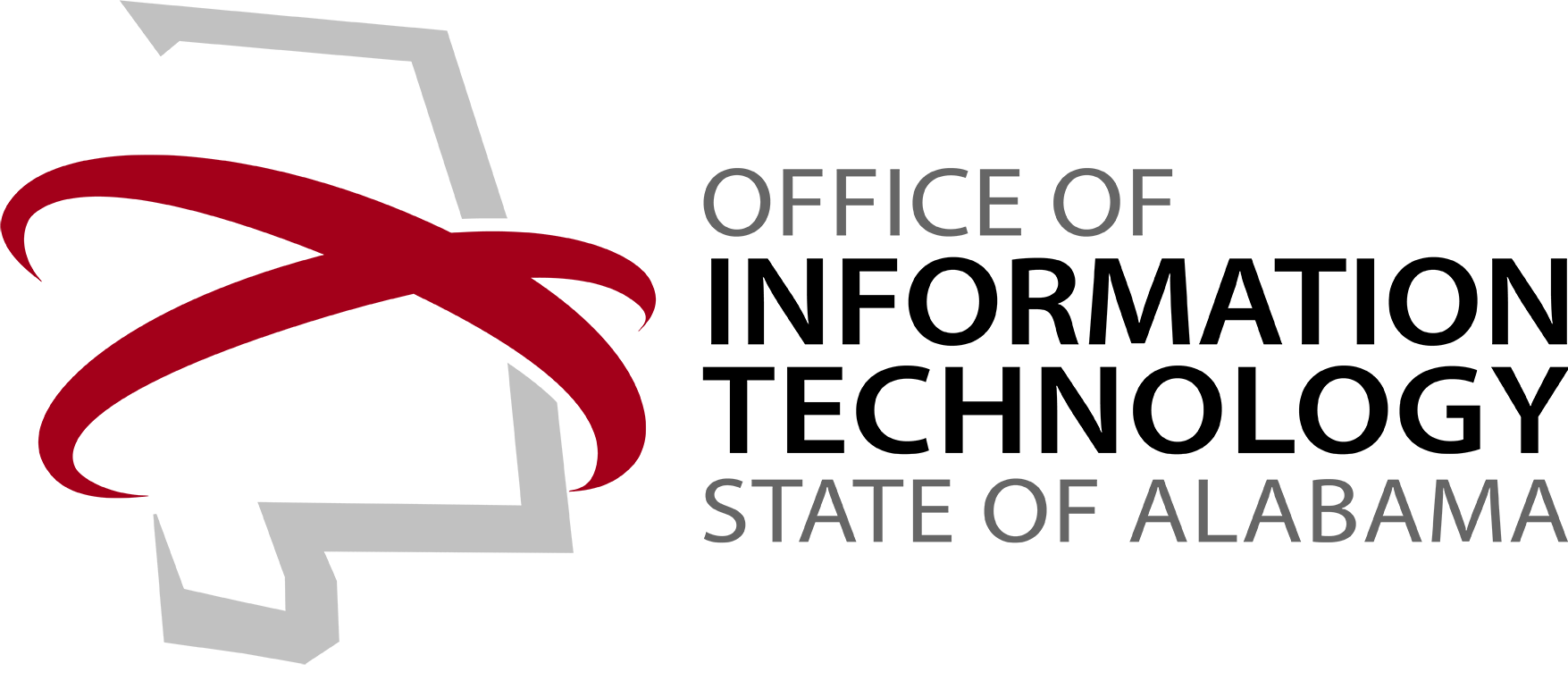The Alabama Senate Bill which formed the Office of Information Technology (OIT) in 2013 laid out three specific areas for which OIT is legislatively tasked with serving as the lead agency in Alabama state government. These include IT Governance, IT Strategic Planning, and IT Resource Utilization.
MOUSE OVER IMAGES TO EXPLORE MANDATES
OIT serves as an Information Technology (IT) policy and service organization with a consumer-oriented focus. OIT promulgates rules, regulations, and policies, and establishes procedures and standards for the management and operation of IT by state agencies. OIT establishes and administers a structured system for the review and approval of IT initiatives and projects. For capital investment projects, OIT requires a business case, cost benefit analysis and/or compatibility analysis to justify the state’s expenditures and ensure IT solutions both align with the strategic plan and are cost-effective.

OIT and its Secretary are responsible for developing a comprehensive strategic plan for the state’s IT that will be updated annually and submitted to the Governor. The strategic plan focuses on the acquisition, management, and use of IT by state agencies and coincides with the planning and budgeting processes for the individual agencies. The purpose of OIT’s strategic plan is to help the state achieve its goals of reducing redundant expenditures and maximizing the return on IT investments.

Another key function of OIT is the planning and coordination of IT activities for state agencies in a manner that promotes the most economical and effective use of state IT resources. OIT accomplishes this by establishing and maintaining a continuously evolving inventory of IT resources (such as personnel, data and data systems, software, hardware, and services) to promote improved asset management, utilization, and data sharing among the numerous state agencies. This allows for the identification of underutilized or idle assets, thereby streamlining the state’s IT resource utilization.




